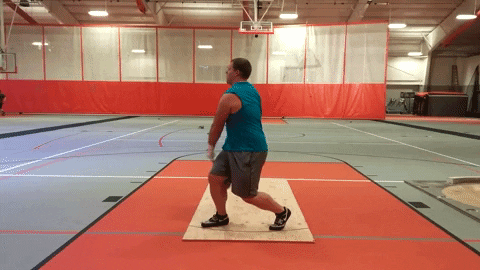timothy42b
Eagle Member
I think about this frequently ever since you first pointed it out to me. I'd be very happy to live in a world where we discover there are a few things we'd eventually call fundamentally different forms at the highest level.
I have one clear example of fundamentally different form.
About 20 years ago my employer sent me to Germany for several years. One day in a German park, my brother and a local German took turns throwing boomerangs, with strikingly different form. Boomerangs have almost no mass and an inertial resistance is hard to find. My brother, with a background in little league baseball, rotated his torso, shifted his weight, moved his arm in a relaxed pitching windup motion. The local resident faced squarely forward, used a large step and weight shift and a forward flex of the entire torso, with a downward vertical chopping arm motion. Wish I had a video, words fail. They threw equally well, both velocity and control. The baseball throw looked like less effort but who knows?
I ordered the Homer Kelley biography book today. I've always wondered where he came up with his ideas, maybe this will explain it.








